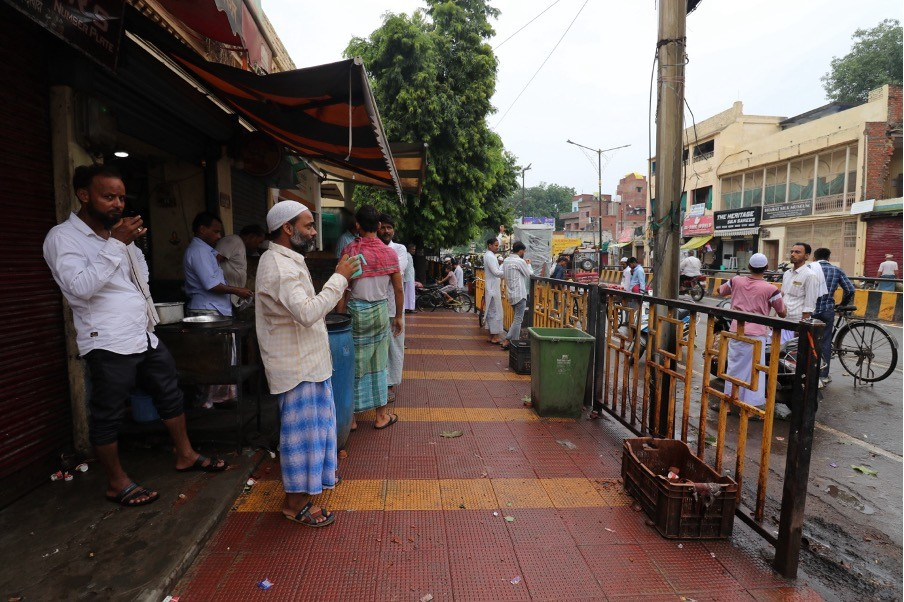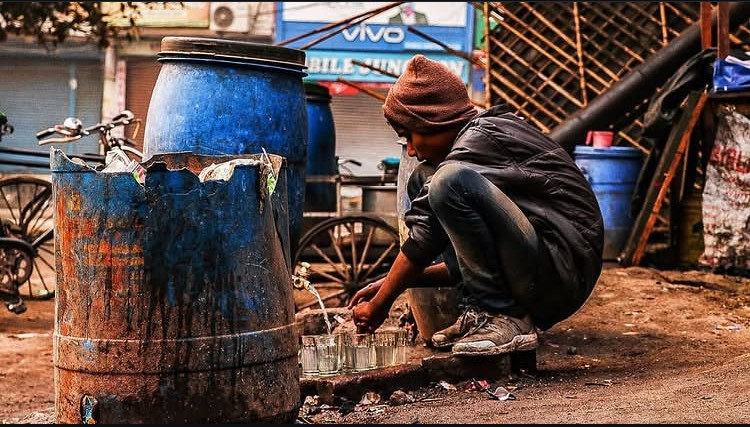In a world flooded with images, few stop us in our tracks like those that capture poverty. A child playing barefoot near a rubbish pile. A weathered hand gripping a rusted kettle. A face staring directly into the lens, caught between defiance and exhaustion. These pictures ask for our attention, and often, our empathy.
But what happens after we scroll past, after the applause, after the likes?
What happens to the people in those photographs, and who truly benefits from their visibility?
When Visibility Feels Like Exposure
There is a fine line between documenting someone’s reality and reducing their life to a symbol. Poverty, when photographed without care, becomes more than a subject, it becomes a shortcut. An image of suffering, no matter how well composed, can easily become a cliché if the story behind it is not told with the same depth.
Often, viewers are left with a haunting image, but no name, no context, no continuation. The person in the frame becomes a victim, a case study, a statistic. They are not remembered as someone’s parent, someone’s child, someone with laughter, anger, desires, just like the rest of us.
The Problem of Repetition
Certain images of poverty look eerily similar across countries and contexts. Dimly lit faces, torn clothing, the same gestures repeated, outstretched arms, downcast eyes, children holding bowls. The visual language becomes so familiar, it stops provoking thought and starts blending into the background.
We need to ask ourselves: are we seeing something new, or just a newer version of the same old framing? If all suffering is shown the same way, do we risk numbing the viewer instead of waking them up?
A Moment in Varanasi
This question came into sharp focus during a recent visit to Varanasi. I was walking through the narrow lanes behind the bustling markets when I stumbled upon a street full of washed utensils drying on red stone pavements. A young boy, shirt damp and feet bare, was laughing with an older man as they hosed down metal trays and stacked them in rhythm. In the frame, it looked like toil, but in real life, it was routine, even joyful. The boy grinned at me, the man nodded, and for a moment, I was not a photographer. I was just another person watching life unfold.
A few minutes later, I turned a corner and saw men gathered around a tea stall, dressed in checked lungis and cotton kurtas, sipping quietly under a dripping awning. The monsoon mist softened the light. It was the kind of scene that breathes, ordinary, undramatic, full of texture. There was no desperation here. Just dignity.
And yet I knew, in another context, the same visuals could be reframed as symbols of poverty, hardship, and neglect, stripped of their lived reality and reduced to visual shorthand.
That tension sits with me.

True ethical storytelling begins long before the shutter clicks. It begins with respect. With time. With asking, not assuming. With recognising that every image represents a life, not just a moment.
Sometimes, the most respectful thing we can do is to not take the photo at all.
Beyond the Frame
The responsibility does not end at the frame. If a photograph is powerful enough to make someone feel, then it should also invite them to think: what systems keep this reality in place? What am I meant to do with this information?
That does not mean every image must come with an action plan. But it does mean we, as viewers and storytellers, must hold space for complexity. Not all pain looks the same. Not all poverty is silent. Not all strength is loud. A single frame cannot hold it all, but it can hold it with care.
Final Frame
Photographing poverty is not inherently wrong. It is necessary, urgent, and often life changing. But it must be done with honesty, reflection, and humility. With the understanding that an image can uplift, or it can flatten. It can humanize, or it can other.
Every time we point a camera at someone who has less power than we do, we make a choice. And every time we share that image, we shape how others see that person, that place, that truth.
So let us not just click. Let us connect. Let us not just reveal what is broken, but ask what might be repaired.
That is what makes the photograph matter.

All photographs in this article were taken by Mandhyan Moh in Varanasi, India, in July 2025
 Moh Mandhyan
Moh Mandhyan